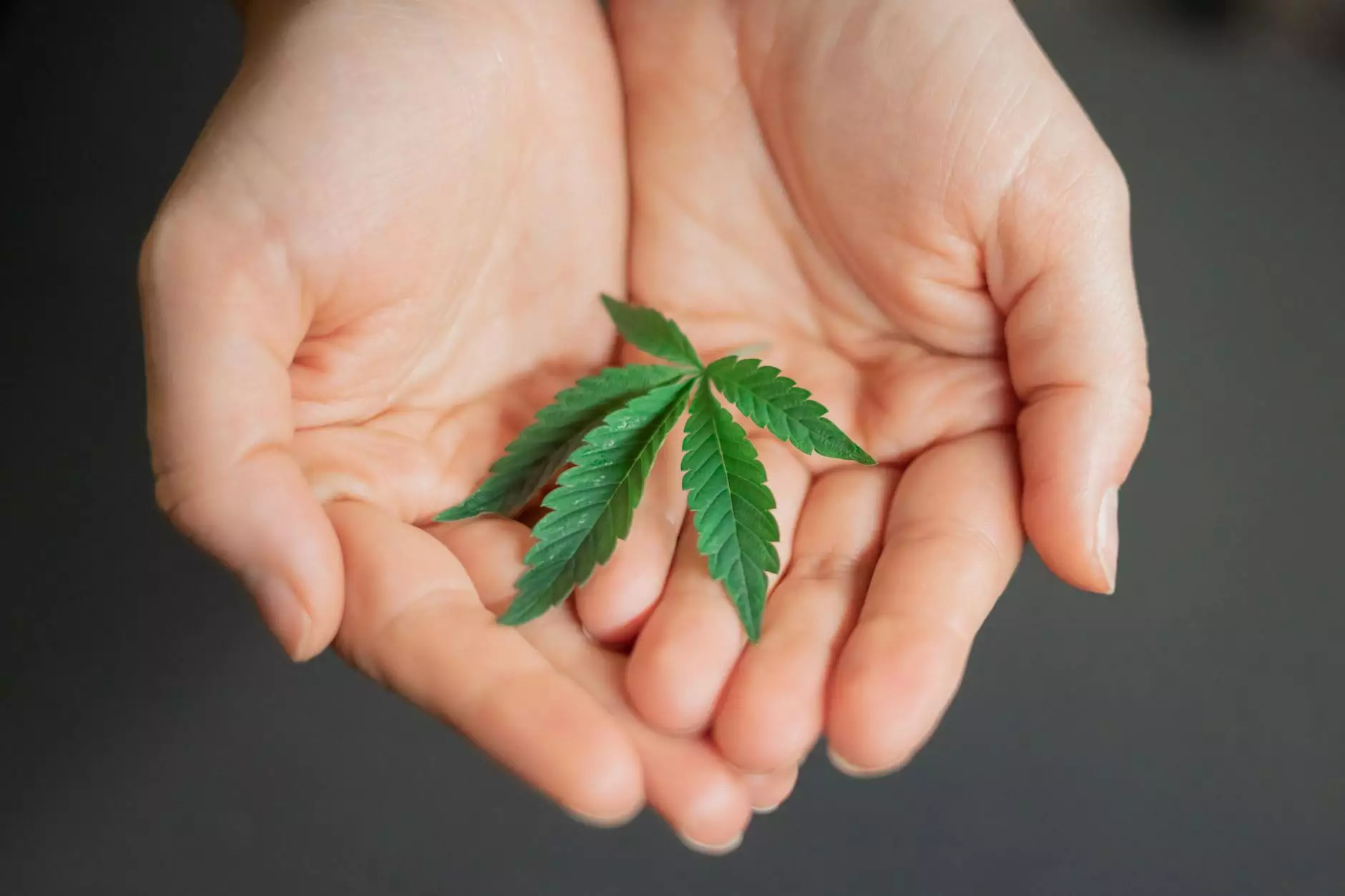Understanding Swelling in the Lower Leg: Causes and Solutions

What Does It Mean If Your Lower Leg is Swollen?
The sensation of having a swollen lower leg can be alarming and uncomfortable. Swelling, known medically as edema, occurs when excess fluid accumulates in the tissues of the body. This phenomenon is particularly common in the legs and can result from a variety of factors. It's essential to understand that while occasional swelling might be harmless, persistent or severe swelling can indicate underlying health issues that demand attention.
Common Causes of Lower Leg Swelling
When considering the question, “Why is my lower leg swollen?”, it's crucial to explore the most common causes:
- Injury or Trauma: Injuries such as sprains, fractures, or muscle tears can lead to localized swelling.
- Venous Insufficiency: This occurs when the veins in the legs cannot efficiently return blood to the heart, causing fluid to pool and swell the legs.
- Heart Disease: Conditions affecting the heart's ability to pump blood effectively can lead to fluid retention and swelling in the lower extremities.
- Kidney Problems: The kidneys play a vital role in fluid regulation; any dysfunction can cause fluid overload and subsequent swelling.
- Pregnancy: Hormonal changes and increased pressure on the veins can result in edema, particularly in the legs.
- Medications: Certain medications, particularly those for blood pressure or NSAIDs, may cause swelling as a side effect.
- Lymphedema: This condition occurs when lymphatic fluid builds up, often resulting from surgery or radiation affecting lymph nodes.
How to Recognize Swelling in the Lower Leg
Identifying swelling accurately is critical for understanding its significance. Here are some signs to look for:
- Visible Enlargement: The affected leg may look larger than the other leg.
- Skin Changes: The skin may appear tight, shiny, or stretched across the swollen area.
- Pitting Edema: Pressing against the swollen area may leave a temporary indentation.
- Pain or Discomfort: Swelling can be accompanied by pain, tenderness, or stiffness.
- Color Changes: The skin may become red or discolored.
When to Seek Medical Attention
While some cases of lower leg swelling can be managed at home, it’s vital to recognize when to seek medical help. You should contact a healthcare professional if:
- Swelling is severe and sudden.
- Accompanied by pain, warmth, or redness.
- You experience shortness of breath or chest pain.
- There is no apparent reason for the swelling.
- Swelling persists for more than a few days.
Diagnosis of Swollen Lower Leg
Upon visiting a healthcare provider, a comprehensive evaluation will be conducted. Diagnostic methods may include:
- Medical History Review: Understanding your personal and family medical history to identify risk factors.
- Physical Examination: A thorough examination of the affected leg and overall health assessment.
- Imaging Tests: Ultrasound, X-rays, or MRI scans may be ordered to visualize any underlying issues.
- Blood Tests: These can help identify conditions like kidney disease or heart failure.
- Venography: This specialized imaging test helps evaluate blood flow in the veins.
Treatment Options for Swollen Lower Leg
After identifying the underlying cause, various treatment options are available to alleviate swelling:
- Medications: Diuretics, anti-inflammatory drugs, or medications to manage specific conditions may be prescribed.
- Compression Therapy: Compression stockings can help improve blood flow and reduce swelling.
- Elevation: Keeping the leg elevated can assist in reducing fluid buildup.
- Physical Therapy: Exercises may be recommended to strengthen the muscles and enhance circulation.
- Surgery: In cases like severe venous insufficiency, surgical intervention may be necessary to improve blood flow.
Home Remedies for Managing Lower Leg Swelling
In addition to medical treatments, some home remedies can significantly help manage and reduce swelling:
- Stay Hydrated: Drinking adequate water helps the body balance fluids and reduce retention.
- Limit Salt Intake: Reducing sodium in your diet can prevent fluid retention.
- Exercise Regularly: Gentle exercises like walking can enhance circulation.
- Use Cold Compresses: Applying cold packs can reduce inflammation and provide relief.
- Avoid Prolonged Sitting or Standing: Taking breaks to move around can prevent fluid from accumulating in the legs.
Preventive Measures for Lower Leg Swelling
Taking proactive steps can help minimize the risk of lower leg swelling:
- Maintain a Healthy Weight: Excess weight can strain the veins.
- Wear Compression Garments: Especially during long trips or periods of sitting.
- Regular Health Check-ups: Keeping tabs on health can catch potential issues early.
- Engage in Regular Physical Activity: Regular movement promotes better circulation.
- Manage Chronic Conditions: Properly managing diabetes, hypertension, and other chronic diseases is crucial.
The Impact of Lifestyle Choices on Swelling
Your lifestyle choices play a vital role in managing swelling:
Diet: A balanced diet rich in fruits, vegetables, and lean proteins can help maintain overall health and minimize swelling. Foods high in potassium, such as bananas and sweet potatoes, can assist in balancing sodium levels and reducing fluid retention.
Exercise: Engaging in activities that promote circulation, like walking, swimming, or yoga, not only helps reduce swelling but also improves overall vascular health.
Hydration: Staying hydrated helps maintain fluid balance in the body, reducing the likelihood of swelling.
Conclusion
Understanding and addressing the reasons for lower leg swelling is crucial for maintaining overall health, particularly in the realm of vascular medicine. By recognizing the common causes, treatment options, and preventive measures, individuals can manage their leg swelling effectively. If you're still wondering, "Why is my lower leg swollen?" don't hesitate to consult with a healthcare provider for personalized advice and treatment tailored to your situation. Remember, taking action today can lead to a healthier tomorrow.









